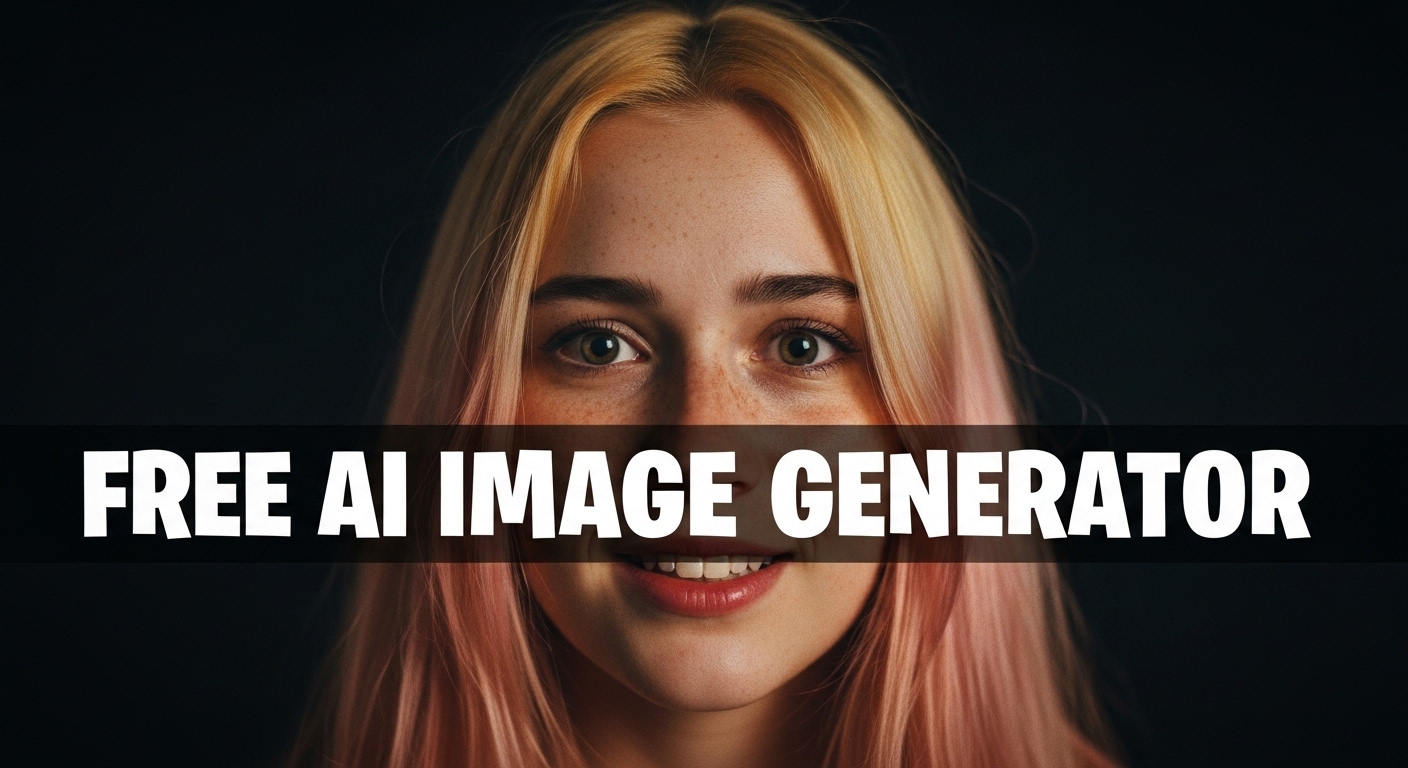What Are Digital Painting and Photorealism in AI Art?
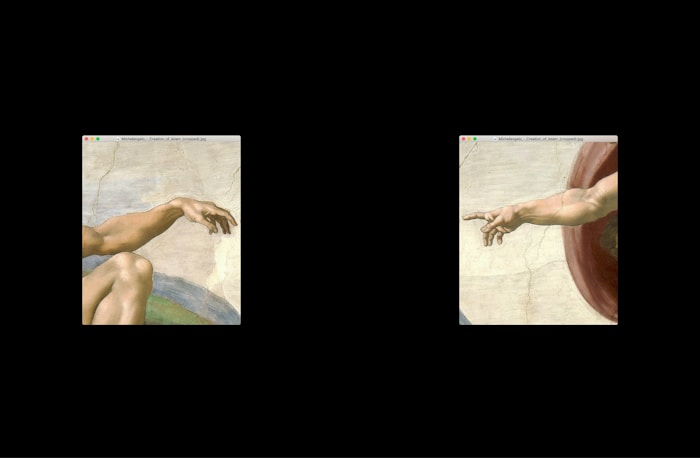
Choosing between digital painting and photorealism in AI art can feel confusing. Both styles have their own special features, and picking the right one can make or break your creative project. Whether you’re making art for social media, designing a game, or creating marketing materials, understanding these two popular styles will help you make better choices.
In this guide, we’ll break down everything you need to know about digital painting versus photorealism in AI art. You’ll learn what makes each style unique, when to use each one, and how to create amazing images using the right tools.
Table of Contents
- How AI Creates Different Art Styles
- Why Choose Digital Painting for Your AI Art?
- Why Choose Photorealism for Your AI Art?
- When Digital Painting Works Best
- When Photorealism Works Best
- Best AI Tools for Each Style
- How to Make Your Final Choice
- Frequently Asked Questions
- Key Takeaways

Digital Painting vs Photorealism
Before we compare these styles, let’s understand what they actually are.
Digital Painting Style in AI Art
Digital painting in AI art creates images that look like they were painted by hand. Think of artwork that has visible brush strokes, artistic textures, and a creative, imaginative feel. According to Leonardo.Ai, digital painting combines traditional art techniques with modern AI technology to produce detailed and imaginative scenes.
When you use AI FREE FOREVER to generate digital painting style art, you get images that feel warm, expressive, and artistic. The style works great for fantasy art, concept designs, book covers, and creative projects where you want an artistic touch.
Digital painting can include different substyles like watercolor effects, oil painting looks, acrylic textures, and sketch-like qualities. Each one brings its own unique flavor to your artwork.
Photorealism Style in AI Art
Photorealism aims to create images that look exactly like real photographs. A study by AI Disruption shows that photorealism features accurate lighting, realistic shadows, natural textures, and lifelike details that can fool the eye.
When you create photorealistic AI art, you’re making images where people can’t easily tell if it’s AI-generated or a real photo. This style shines in advertising, product photography, architectural visualization, and any project where realism matters most.
The photorealistic approach has improved dramatically in recent years. By 2025, research shows that even professional photographers struggle to distinguish AI-generated photorealistic images from actual photographs.
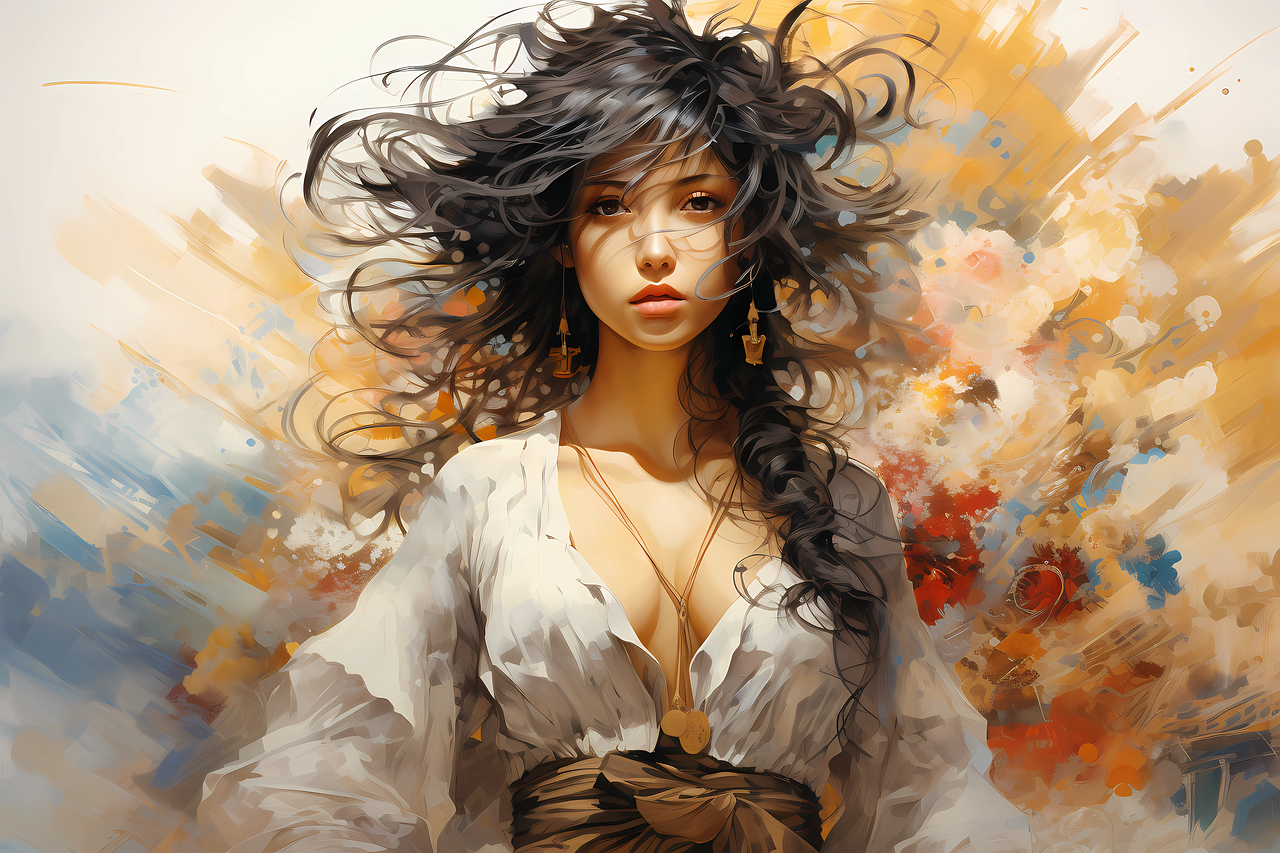
How AI Creates Different Art Styles
Understanding how AI produces these different styles helps you work better with the technology.
AI art generators use something called machine learning to study millions of existing artworks. For digital painting, the AI learns from paintings by famous artists, studying brush strokes, color blending, and artistic techniques. For photorealism, the AI analyzes thousands of real photographs to understand lighting, camera angles, depth, and natural textures.
When you type a prompt into an AI tool, you’re giving the AI instructions about what to create. The more specific you are about the style you want, the better results you’ll get. For example, saying “digital painting of a sunset” gives you artistic results, while “photorealistic sunset photograph” creates a more camera-like image.
According to digital art experts, AI painting tools use deep learning algorithms that can generate a wide range of art styles, from abstract paintings to highly detailed photorealistic scenes, all based on the patterns they’ve learned.
Why Choose Digital Painting for Your AI Art?
Digital painting offers several advantages that make it perfect for certain projects.
Creative Freedom and Flexibility
Digital painting gives you unlimited creative freedom. You can blend colors in ways that don’t exist in real life, create impossible lighting effects, and design fantasy worlds that feel believable. Research from Recraft shows that digital painting tools allow for extensive experimentation and exploration of different artistic expressions.
With AI FREE FOREVER’s digital painting generator, you can experiment with different artistic approaches without worrying about making your art look too “real.” This freedom helps when you’re brainstorming ideas or exploring creative concepts.
Emotional and Artistic Expression
Digital painting excels at showing emotion and mood. The painterly style lets you emphasize certain elements, use dramatic color choices, and create an atmosphere that photorealism might struggle to achieve. Your artwork can feel more personal and unique because it doesn’t try to copy reality exactly.
Faster Iteration and Changes
When working with digital painting styles, you can make changes more easily. Since the style isn’t trying to be perfectly realistic, small imperfections actually add to the artistic charm. This means you can work faster and try more variations of your ideas.
TIME reports that AI-generated digital art has become increasingly popular among graphic designers because of its accessibility, speed, and ability to push creative boundaries. Artists can now explore new techniques and styles that would have taken weeks to master.
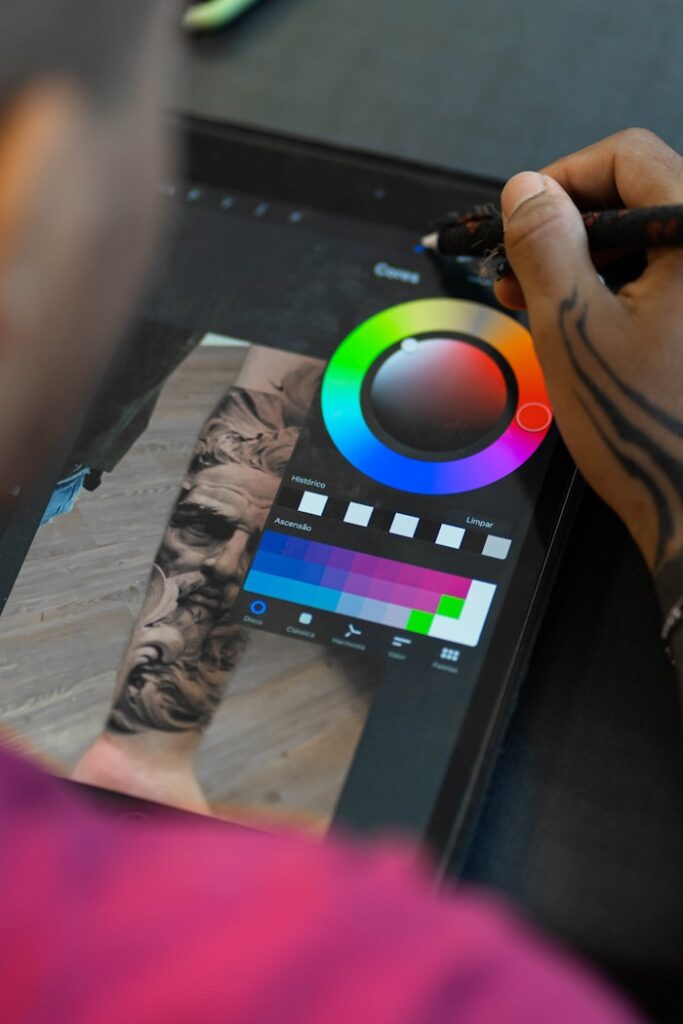
Perfect for Stylized Projects
Digital painting works amazingly well for projects that benefit from a stylized look. This includes children’s books, fantasy game art, concept designs, comic books, and creative marketing campaigns. The artistic style helps your work stand out and creates a memorable visual identity.
Less Demanding on Technical Details
Creating photorealistic art requires perfect lighting, accurate proportions, and realistic textures. Digital painting gives you more room to work with. You can focus on the overall look and feel without obsessing over every tiny detail being perfectly realistic.
Why Choose Photorealism for Your AI Art?
Photorealism brings its own powerful benefits to the table.
Professional and Credible Appearance
Photorealistic AI art looks professional and trustworthy. When you need images for business presentations, product catalogs, or professional portfolios, photorealism gives you that polished, high-quality appearance. Leonardo.Ai notes that photorealistic images stand up to scrutiny at both first glance and full zoom, making them perfect for professional use.
Using AI FREE FOREVER’s hyperrealistic image generator, you can create images that look like professional photography without needing expensive camera equipment or hiring photographers.
Visualization of Real Products and Concepts
When you’re designing products, architectural spaces, or realistic character portraits, photorealism helps people see exactly what the final result will look like. This makes photorealism essential for product design, real estate visualization, fashion design, and any field where accuracy matters.
Studies show that photorealism excels in advertising and marketing because it creates compelling visuals that capture attention and look authentic to consumers.
Broad Appeal and Understanding
Most people find photorealistic images easier to understand because they look like the world we see every day. This broad appeal makes photorealism great for mass market projects, advertising campaigns, and content that needs to connect with general audiences quickly.
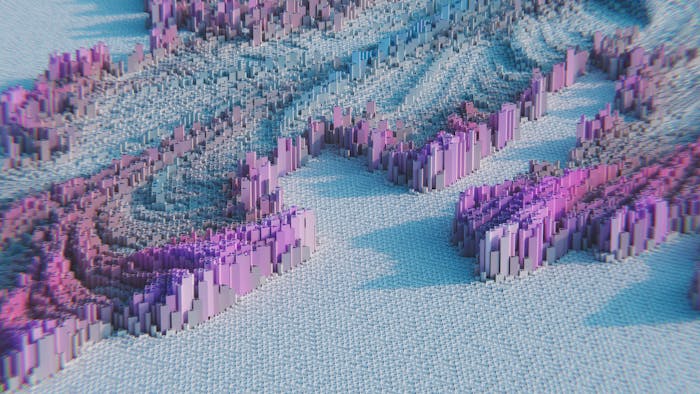
Perfect for Mockups and Prototypes
Businesses love photorealism for creating product mockups and prototypes. You can show clients or customers what a new product will look like before it even exists. This saves time and money compared to creating physical prototypes or staging elaborate photo shoots.
Replacement for Traditional Photography
In many cases, photorealistic AI art can replace traditional photography. This is especially useful when you need images of things that are hard or expensive to photograph, like luxury products in exotic locations or historical scenes from the past.
When Digital Painting Works Best
Let’s look at specific situations where digital painting is your best choice.
Creative and Imaginative Projects
If your project involves fantasy, science fiction, or anything that doesn’t exist in real life, digital painting is perfect. Creating dragon designs, alien landscapes, magical creatures, or futuristic cities works better with artistic freedom than trying to make them look photographically real.
Storytelling and Narrative Art
Book covers, comic pages, storyboards, and illustrations benefit from the digital painting style. The artistic approach helps set the mood and tells stories in ways that feel more expressive than cold photorealism.
Brand Identity and Character Design
When building a unique brand identity or designing memorable characters, digital painting helps you create something distinctive. The artistic style makes your work more recognizable and harder to copy than photorealistic images.
According to AI Art Kingdom, digital painting styles are trending in 2025 for NFTs, social media content, and personal creative projects because they allow creators to develop unique visual identities.
Social Media and Digital Content
For Instagram posts, YouTube thumbnails, or digital marketing, digital painting often grabs more attention than photorealism. The artistic style stands out in crowded feeds and feels more creative and engaging.
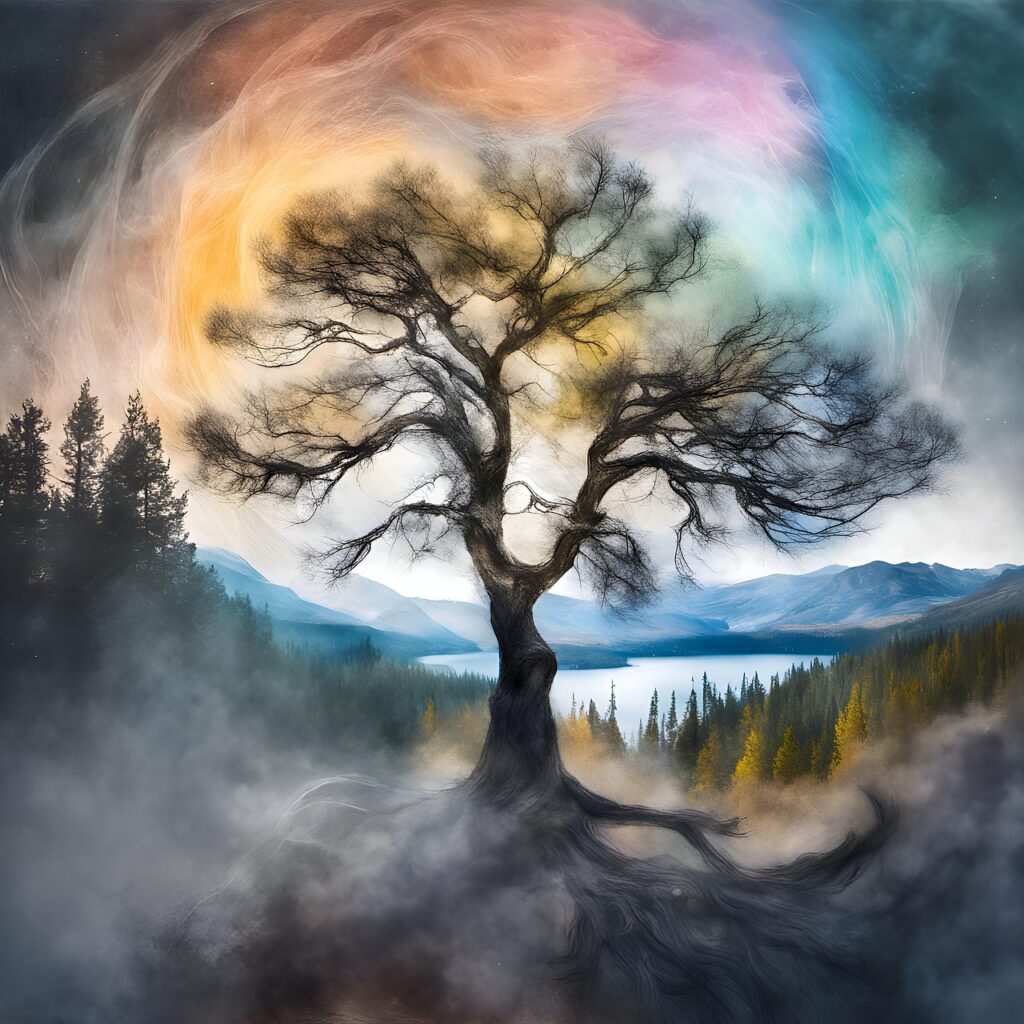
Educational and Explanatory Content
When creating diagrams, educational materials, or explanatory graphics, digital painting can simplify complex ideas and make them easier to understand. The style lets you emphasize important parts and remove distracting details.
When Photorealism Works Best
Now let’s explore situations where photorealism shines.
Product Photography and E-commerce
Online stores need product images that show exactly what customers will receive. Photorealistic AI art creates professional product photos that build trust with buyers. You can show products from multiple angles, in different colors, or in various settings without expensive photo shoots.
Architectural Visualization
Architects and real estate developers use photorealism to show clients what buildings and spaces will look like before construction begins. The realistic approach helps people understand the vision and makes it easier to get project approvals.
Research indicates that photorealism is being widely adopted in design and visual arts because AI tools help designers find inspiration, automate tasks, and create realistic visualizations quickly.
Professional Portfolios and Presentations
When creating professional portfolios, business presentations, or corporate materials, photorealism gives you credibility. The polished, realistic look makes your work appear professional and trustworthy.
Advertising and Marketing Campaigns
Major brands often need photorealistic images for advertising. Whether it’s showing people using a product, creating lifestyle imagery, or producing catalog photos, photorealism delivers the professional quality that advertising demands.
Historical Recreations and Documentaries
Creating photorealistic images of historical events, extinct animals, or famous people from the past helps make history come alive. The realistic style makes these recreations feel authentic and educational.
Scientific and Medical Visualization
Medical illustrations, scientific diagrams, and technical documentation often need photorealistic accuracy to show anatomical details, biological processes, or mechanical systems correctly.
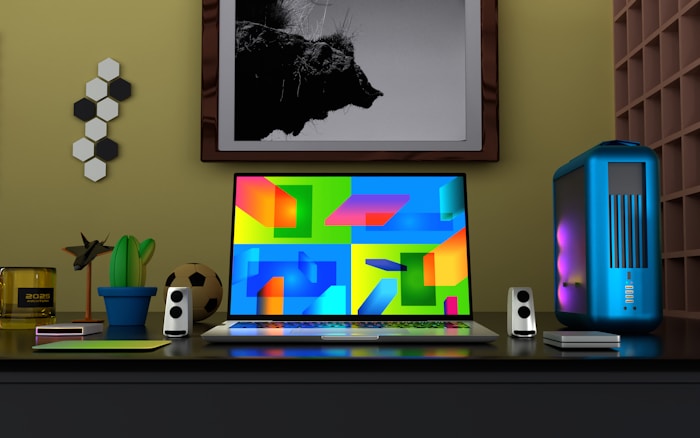
Best AI Tools for Each Style
Different AI tools excel at creating different styles. Here’s what you need to know.
Top Tools for Digital Painting
AI FREE FOREVER leads the pack for digital painting styles, offering a comprehensive digital painting generator that produces artistic, painterly results. The platform makes it easy to create watercolor effects, oil painting styles, and sketch-like artwork.
Other strong options include Midjourney, which creates artistic and painterly art according to CGSpectrum, and Leonardo.Ai with its Lucid Origin model designed for creative exploration.
Top Tools for Photorealism
For photorealistic results, AI FREE FOREVER offers an excellent hyperrealistic image generator that creates stunning, camera-quality images.
DALL-E 3 is known for creating photorealistic art from text prompts, while Stable Diffusion offers models specifically tuned for photorealism. According to Shakers AI, models like Realistic Vision and EpicRealism excel at creating lifelike textures, accurate lighting, and realistic details.
Platform Comparison
eWeek’s comprehensive testing of AI art generators in 2025 found that the best platform depends on your specific needs. For speed and accessibility, free platforms work well. For professional projects requiring the highest quality, dedicated tools like those offered by AI FREE FOREVER provide better results.
How to Make Your Final Choice
Here’s a simple process to help you decide between digital painting and photorealism.
Ask Yourself These Questions
What’s your project’s purpose? Creative projects benefit from digital painting, while professional and commercial projects often need photorealism.
Who is your audience? Art enthusiasts and creative communities appreciate digital painting, while general audiences and business clients often prefer photorealism.
What’s your budget and timeline? Digital painting typically requires less refinement time, while photorealism might need more tweaking to look perfect.
Does the subject exist in real life? Fantasy and imaginative subjects work better with digital painting, while real-world subjects benefit from photorealism.
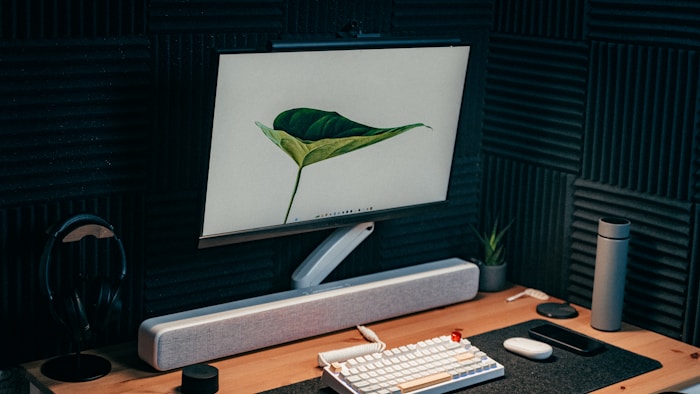
Consider Combining Both Styles
You don’t always have to choose just one style. Some of the most interesting AI art combines elements of both. You might use photorealistic elements as a base and add digital painting effects on top, or create mostly painterly art with photorealistic details in key areas.
Creative Bloq explains that mixing photorealism with loose painting styles can create striking results that blend the best of both approaches.
Test Both Approaches
The best way to decide is to try both styles with your specific project. Create test images in both digital painting and photorealism using AI FREE FOREVER. Compare the results and see which one better matches your vision and goals.
Think About Your Long-term Brand
If you’re building a consistent brand identity, choose a style and stick with it. Consistency helps people recognize your work. Digital painting creates a more artistic brand identity, while photorealism builds a more professional, corporate image.
Frequently Asked Questions
Can AI art generators do both digital painting and photorealism?
Yes, most modern AI art generators can create both styles. Tools like AI FREE FOREVER offer dedicated generators for both digital painting and photorealism. The key is using the right prompts and settings to tell the AI which style you want.
Is photorealism always better quality than digital painting?
No, quality isn’t about the style—it’s about execution. Both styles can be high or low quality depending on the AI tool, your prompts, and how much refinement you do. Digital painting can be just as professional and impressive as photorealism when done well.
Which style is easier for beginners?
Digital painting is generally more forgiving for beginners because small imperfections add to the artistic look. Photorealism requires more attention to detail and more specific prompting to get realistic results. Start with digital painting if you’re new to AI art.
Can I switch between styles for the same project?
While possible, switching styles within one project can make your work look inconsistent. If your project includes multiple images, stick with one style throughout for a cohesive look. However, you could use different styles for different projects or campaigns.
How do I write prompts for each style?
For digital painting, include words like “digital painting,” “artistic,” “painterly,” “brushstrokes,” or specific art styles like “watercolor” or “oil painting.” For photorealism, use terms like “photorealistic,” “photograph,” “camera,” “realistic lighting,” or “high detail.” Check out AI FREE FOREVER’s prompt generator for help.
Does photorealism cost more than digital painting?
Not necessarily. The cost depends on the platform you use rather than the style itself. Most AI art generators charge the same whether you create digital painting or photorealism. However, photorealism might require more generation attempts to get perfect results, which could use more credits on paid platforms.
Which style is trending in 2025?
According to SuperAGI, both styles are trending but in different areas. Photorealism dominates commercial and professional work, while digital painting thrives in creative communities, NFTs, and personal art projects. The digital art market is projected to grow from $5.8 billion in 2025 to $17.72 billion by 2032.
Can AI art replace traditional artists?
AI art is a tool, not a replacement. Syracuse University research shows that AI enhances human creativity rather than replacing it. Traditional art forms retain their value, and many artists use AI as a collaboration tool to speed up workflows and explore new ideas.
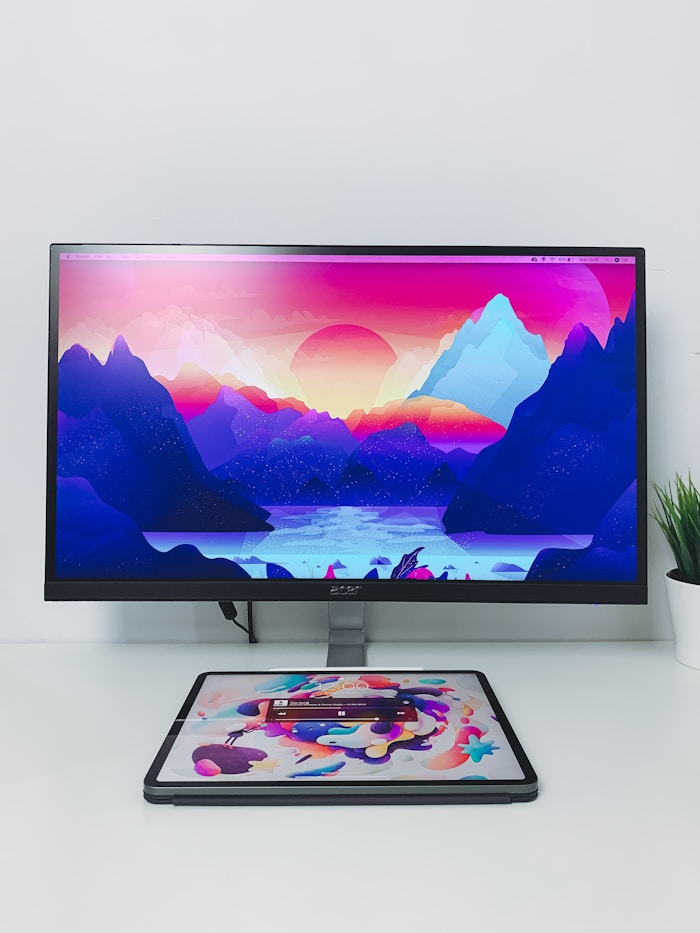
Key Takeaways
Choosing between digital painting and photorealism in AI art depends on your project’s goals, audience, and creative vision. Here’s what to remember:
- Digital painting offers creative freedom, emotional expression, and works best for fantasy, storytelling, brand identity, and artistic projects
- Photorealism provides professional credibility, accurate visualization, and excels in product photography, architecture, advertising, and business applications
- Both styles have their place – neither is better overall, just better for different purposes
- Test both approaches using tools like AI FREE FOREVER before committing to one style
- Consider your audience – creative communities appreciate artistic styles while business clients often prefer photorealism
- Stay consistent within projects to maintain a cohesive look
- Combine styles creatively when it serves your artistic vision
- Use specialized tools – platforms like AI FREE FOREVER’s digital painting generator and hyperrealistic generator produce better results than generic tools
The AI art landscape continues to evolve rapidly. Market statistics show that nearly 30% of digital artists have incorporated AI tools into their creative processes, with 77% finding value in text-to-image technology. Whether you choose digital painting or photorealism, you’re joining a creative revolution that’s reshaping how we make and experience art.
Ready to start creating? Visit AI FREE FOREVER and try both styles today. Experiment, learn, and discover which approach best brings your creative vision to life. Remember, the best choice is the one that helps you tell your story and achieve your goals.
Babatunde
Content Writer
Digital growth marketer with 5 years experience developing growth marketing strategies, PPC campaigns, SEO and SEA. I write and share useful AI tools and develop free tools for everyday use.


